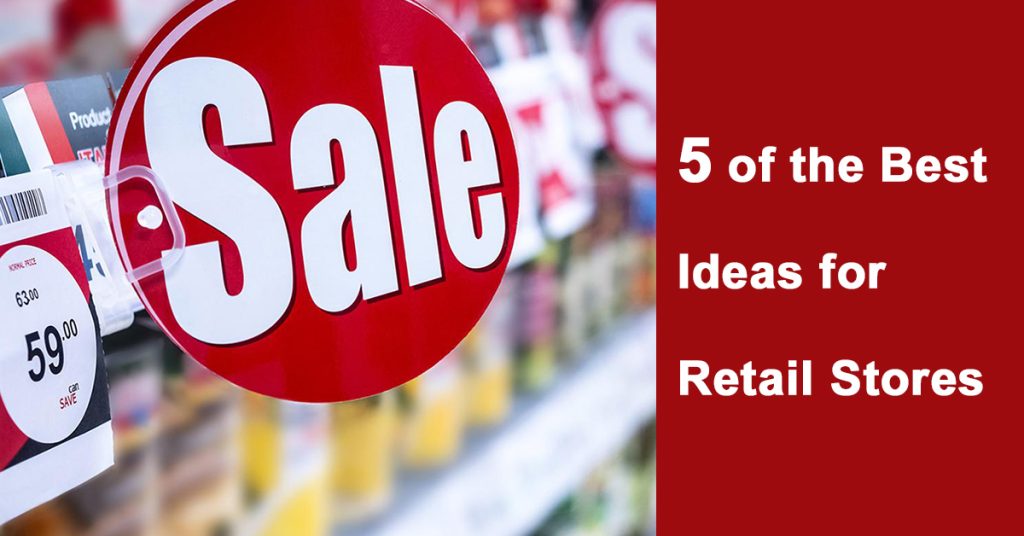In the fast-evolving world of retail and consumer engagement, promotional marketing has become one of the most important tools for brands to drive sales, gain visibility, and create loyalty. Whether you’re walking into a supermarket and receiving a free sample or seeing a festive discount banner in a retail store, chances are, you’ve been part of a promotional strategy in action.
So, what exactly is promotion in the context of marketing? And how does it compare with advertising or broader marketing efforts?
Understanding the promotion meaning in marketing is essential, especially for sectors like FMCG, electronics, and lifestyle brands, where sales promoters, merchandisers, and channel activation specialists bring these campaigns to life at the point of sale (PoS). In this blog, we’ll decode what promotional marketing really is, its role, types, and how it differs from traditional advertising and marketing.
What Is Promotional Marketing and Why It Matter
Promotional marketing is a strategy focused on increasing awareness, boosting short-term sales, and encouraging product trial through time-bound campaigns and on-ground activities.
It involves direct engagement tactics like product sampling, discounts, contests, loyalty rewards, or PoS activations. Brands often use it to support new product launches, push seasonal sales, or penetrate new markets.
In Today’s Hyper-Competitive Retail Environment, Promotional Marketing Helps Brands:
- Cut through the clutter
- Drive impulse purchases
- Encourage consumer action instantly
This is especially critical in retail, where sales promoters, visual merchandising, and channel activations work in tandem to execute these promotions and create a real impact in-store.
Promotion Meaning in Marketing
1. Defining Promotion in the Marketing Mix (4Ps)
In the classic 4Ps of Marketing Product, Price, Place, and Promotion—promotion refers to all activities used to inform and persuade customers about products and services. It is the communication bridge between a brand and its audience.
The promotion meaning in marketing isn’t limited to advertising; it also includes sales tactics, discounts, demonstrations, events, influencer partnerships, and more.
Related Read : Retail Promotion: 5 of the Best Ideas for Retail Stores
2. Common Types of Promotion Techniques
Brands Use a Variety of Promotional Tools, Such As:
- Trade Promotions: Discounts and incentives offered to retailers and distributors to push product stocking and display.
- Consumer Promotions: Price-off coupons, BOGO (Buy One Get One), contests, and samples targeting end customers.
- Loyalty Programs: Reward points or exclusive member benefits to encourage repeat purchases.
- Events/Sampling: Product demonstrations or in-store experiences driven by sales promoters.
These techniques form the foundation of effective promotional marketing strategies, especially in retail-led industries.
The Role of Promotion in Marketing Strategy
- Boosting Sales and Consumer Engagement : At its core, the role of promotion in marketing is to drive action whether that’s a product trial, repeat purchase, or brand referral. Timely promotions can significantly boost conversions and increase shopping basket value.
- Driving Product Visibility Through Retail Channels : In-store activations, eye-catching displays, and sampling initiatives help get the product in front of customers where it matters most at the point of decision-making.
- Creating Brand Recall and Top-of-Mind Awareness : Promotions, when executed well, contribute to brand memorability. Limited-time offers, festive tie-ins, or exclusive rewards create an emotional connection with customers.
Marketing vs Promotion vs Advertising: Key Differences
1. What is Promotional Advertising?
Promotional advertising is a hybrid of marketing and promotion. It includes running time-bound advertisements that carry offers, discounts, or limited-time deals. Think: “25% off only this weekend” or “Free gift with every purchase”.
It’s tactical, immediate, and often focused on driving quick results.
2. Understanding the Scope: Marketing vs Promotion
- Marketing is the broad, long-term strategy that includes product development, pricing, market research, distribution, and brand building.
- Promotion is a subset of marketing that focuses on communication and engagement to persuade action.
- Advertising is a tool within promotion used to deliver messages at scale—like TV ads, banners, or sponsored content.
3. Use Case Examples in Retail
- Marketing: A skincare brand develops an anti-aging product line and launches it with market research, product pricing, and distribution strategy.
- Promotion: They run a 2-month campaign offering 10% off with in-store trials.
- Advertising: They promote this offer through newspaper ads and Instagram campaigns.
Channel Activation and On-Ground Execution Examples
Promotional campaigns come alive in retail environments thanks to field execution.
Here’s How:
1. Sales Promoters and Product Sampling
Promoters engage shoppers, explain product benefits, and hand out free samples—driving impulse trials and instant feedback.
2. Retail Visibility Audits and Compliance
Retail audits ensure promotions are implemented correctly—right display, updated signage, and correct pricing—creating consistency across markets.
3. Merchandising to Maximize Shelf Presence
A visually appealing shelf or end-cap display helps draw attention. Merchandisers are key in executing this during promotional windows.
4. Sales Process Management and ROI Measurement
Backend systems ensure that stock levels align with promotions, data is tracked, and ROI is measured post-campaign.
These executions ensure promotional marketing isn’t just about ideas, but about visible, measurable impact.
Steps to Build a High-Impact Promotional Marketing Strategy
To Launch an Effective Promotion, Brands Should Follow These Essential Steps:
1. Goal Setting and Audience Understanding
Know what you want to achieve—awareness, trial, sales, or loyalty. Then define your ideal customer.
2. Choosing the Right Channels
Based on your audience—retail, digital, events, or influencer outreach—select platforms that offer maximum reach and ROI.
3. Collaborating with Sales and Merchandising Teams
Involve your on-ground teams early to align messaging, execution timelines, and visual plans.
4. Using Data & Audits to Measure Effectiveness
Use tech tools to track campaign performance—promo compliance, shelf share, engagement, and uplift in sales.
Read Also : What Are Marketing Campaigns? Meaning, Types, and Examples for 2025
Conclusion
Promotional marketing is more than a short-term sales tactic—it’s a strategic growth driver. When done right, it creates meaningful consumer experiences, strengthens channel relationships, and boosts revenue.
By understanding the role of promotion in marketing, aligning execution through sales promoters, merchandisers, and audits, and tracking data in real time, brands can ensure their campaigns deliver consistent results across every store, shelf, and screen.
Frequently Asked Questions
1. What is promotional marketing in simple terms?
It’s a marketing approach that uses offers, discounts, samples, and events to engage consumers and drive sales in a short time.
2. What is an example of promotional marketing?
A supermarket is giving away free samples of a new juice brand during weekends, supported by a 10% discount on the product.
3. What are examples of promotional strategies in retail?
In-store demos, shelf branding, BOGO offers, seasonal discounts, loyalty rewards, and festive visibility campaigns.
4. How do merchandisers contribute to promotions?
They ensure that promotional materials are correctly placed, shelves are visually appealing, and product availability is maintained.
5. Why is promotion vital for channel activation?
Promotion drives consumer engagement, incentivizes in-store purchase, and boosts visibility—key goals of channel activation efforts.






